We've found 754 matches for your search. Order by
Results
-
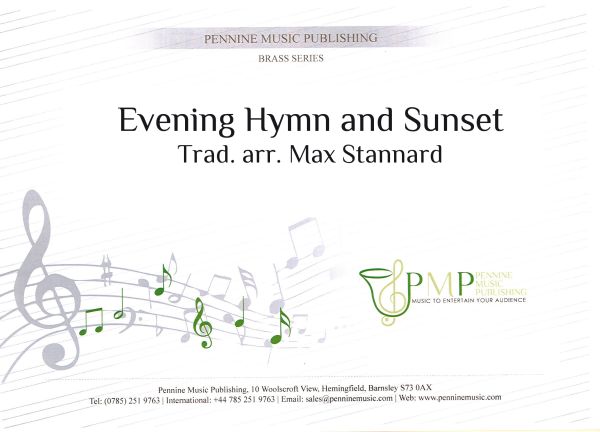 £24.50
£24.50Evening Hymn and Sunset
Estimated dispatch 7-14 working days
-
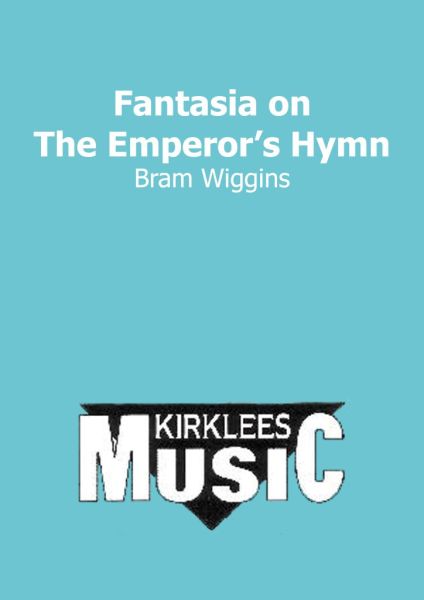 £19.50
£19.50Fantasia on The Emperor's Hymn
Estimated dispatch 7-14 working days
-
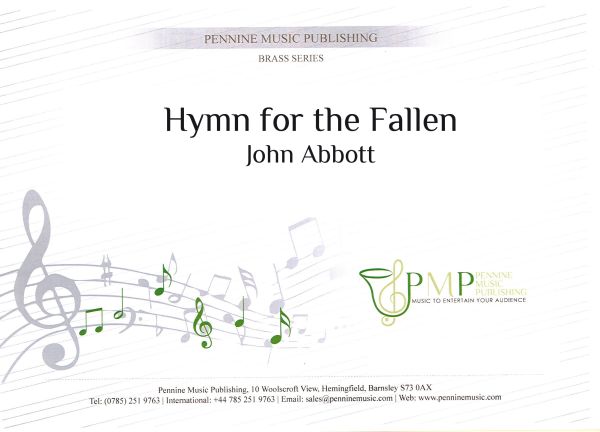 £17.50
£17.50Hymn for the Fallen
Composed and dedicated to the victims of the Boxing Day Tsunami, 2004.
Estimated dispatch 7-14 working days
-
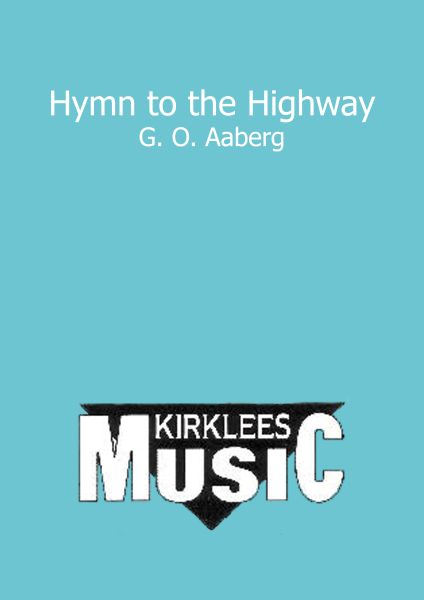 £21.50
£21.50Hymn to the Highway
Estimated dispatch 7-14 working days
-
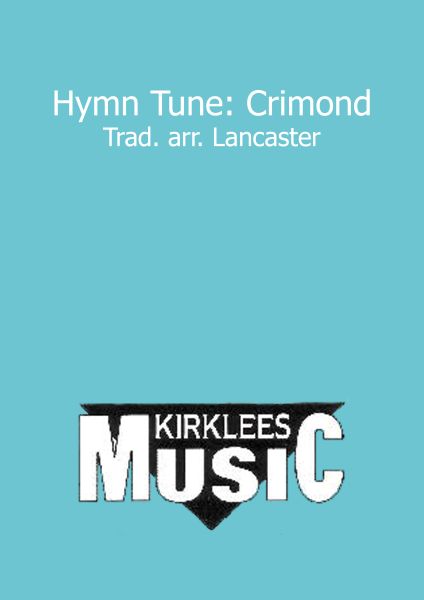 £24.95
£24.95Hymn Tune: Crimond
Estimated dispatch 7-14 working days
-
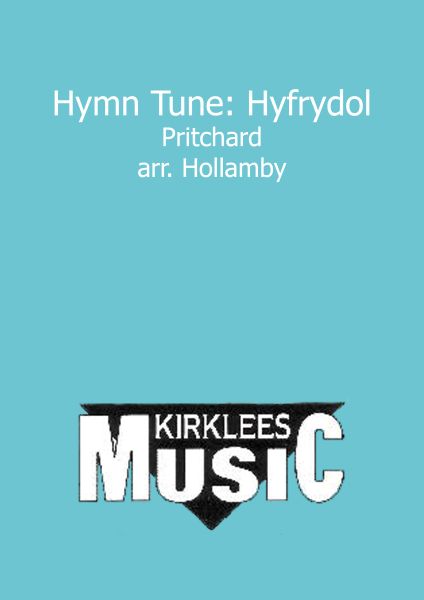 £24.50
£24.50Hymn Tune: Hyfrydol
Estimated dispatch 7-14 working days
-
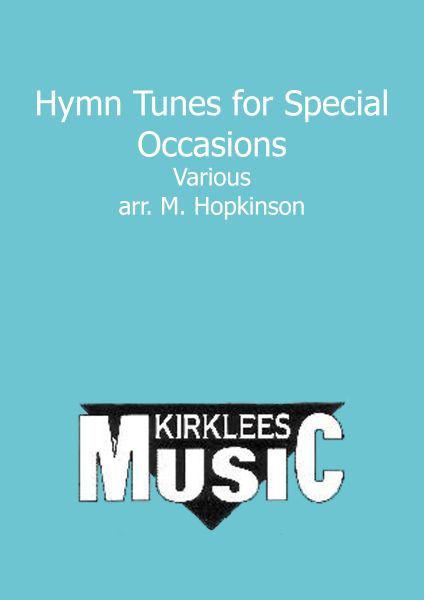 £34.95
£34.95Hymn Tunes for Special Occasions
Estimated dispatch 7-14 working days
-
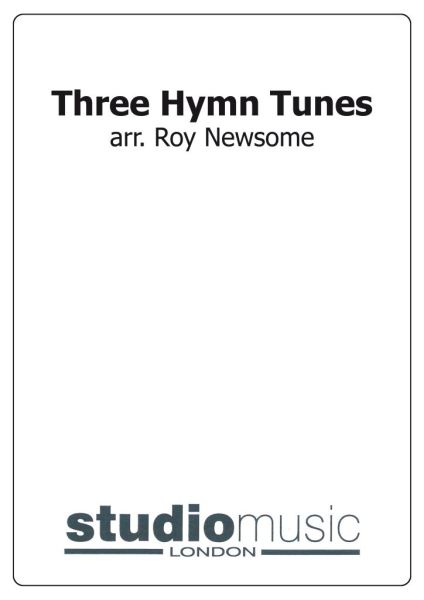 £37.95
£37.95Three Hymn Tunes
Includes: Sandon (Lead, Kindly Light); Aurelia (The Church's One Foundation); Rimington (Jesus Shall Reign).
Estimated dispatch 7-14 working days
-
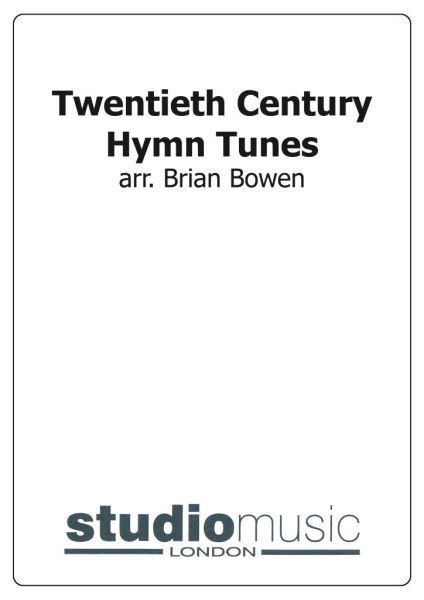 £24.95
£24.95Twentieth Century Hymn Tunes
Estimated dispatch 7-14 working days
-
£14.00
